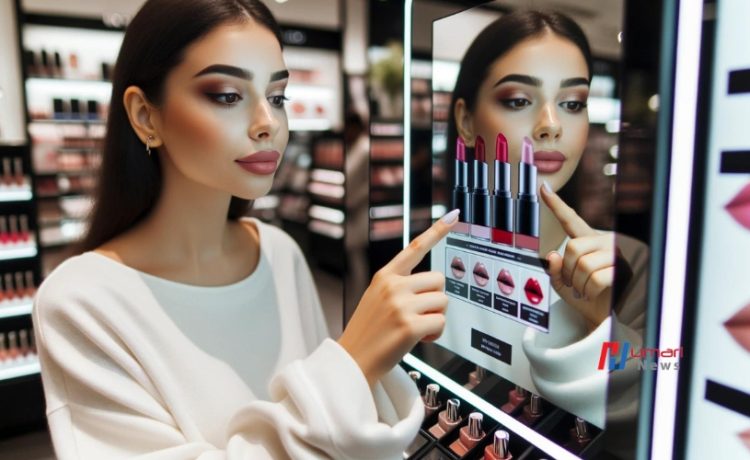The beauty industry is undergoing a fascinating transformation, driven by two powerful forces: a growing demand for sustainable practices and the relentless march of technological innovation. These forces are not simply running in parallel; they’re intertwining to create a future of beauty that’s both more environmentally responsible and remarkably personalized.
Sustainability Takes Center Stage
Consumers are increasingly aware of the environmental impact of the beauty industry. From plastic packaging to the carbon footprint of ingredient sourcing, concerns are mounting. This shift in consumer consciousness is pushing brands to prioritize sustainability throughout their operations. Here are some key trends within sustainable beauty:
- Eco-Friendly Packaging: Biodegradable materials, refillable containers, and waterless formulas are becoming the norm. Companies are exploring innovative packaging solutions, like using recycled materials or even seaweed-based packaging that dissolves in water.
- Clean and Ethical Sourcing: Consumers are demanding transparency in ingredient sourcing. This means using natural, organic, and ethically sourced ingredients that are kind to both the environment and the people who produce them.
- Circular Economy Principles: The beauty industry is embracing the circular economy, where products are designed for reuse and materials are kept in circulation for as long as possible. Refillable containers and product-sharing programs are examples of this approach.
Tech Integration: Transforming the Beauty Experience
Technology is playing a pivotal role in shaping the future of beauty. From personalized product recommendations to virtual try-on experiences, tech is revolutionizing how we discover, purchase, and use beauty products. Here are some exciting tech trends:
- AI-Powered Skincare: Artificial intelligence (AI) is being used to analyze skin conditions and recommend personalized skincare routines. Apps leverage machine learning to identify skin concerns like wrinkles, dryness, or acne, and then suggest products tailored to address those specific needs.
- Augmented Reality (AR) Makeovers: Virtual try-on experiences powered by AR are changing the way we shop for makeup. AR apps allow users to experiment with different looks in real-time, virtually applying makeup on their faces without ever touching a product. This not only reduces waste from discarded testers but also empowers users to find the perfect shades and styles for them.
- Smart Beauty Devices: Smart beauty devices are becoming increasingly popular. These high-tech gadgets offer a variety of functions, such as cleansing, moisturizing, and even analyzing skin health. Some devices connect to apps for personalized recommendations and progress tracking.
Sustainability Meets Technology: A Powerful Synergy
The beauty industry is discovering that sustainability and technology are not mutually exclusive; in fact, they can be powerful allies. Here’s how these forces are working together:
- Virtual Try-On Reduces Waste: AR virtual try-on eliminates the need for physical testers, which significantly reduces waste. This not only benefits the environment but also saves resources and money for brands.
- AI Recommends Sustainable Products: AI algorithms can factor in sustainability criteria when recommending products to users. For example, an AI-powered beauty app could prioritize products with eco-friendly packaging or natural ingredients.
- Smart Devices Promote Efficiency: Smart beauty devices can help consumers optimize their product usage. By monitoring skin conditions and recommending the right amount of product, these devices can help reduce waste and promote responsible product consumption.
The Future is Personalized and Sustainable
The future of beauty is shaping up to be a landscape of personalized experiences and environmentally conscious practices. Technology will continue to play a major role, offering consumers greater control over their beauty routines while fostering a more sustainable industry. This future promises a win-win situation for both consumers and the planet, allowing us to look and feel our best while minimizing our environmental impact.
The convergence of sustainability and technology is poised to redefine the future of beauty. Consumers can expect a future where personalized beauty solutions go hand-in-hand with environmentally responsible practices. Technology will empower us to make informed choices, reduce waste, and achieve our desired look all while minimizing our footprint on the planet. This exciting new era promises a more sustainable and self-aware approach to beauty, allowing us to embrace our individuality while nurturing the environment for generations to come.







